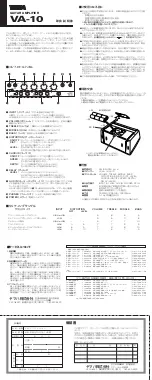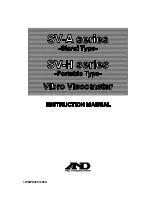
1
I. ORGAN
STOPS
PITCH FOOTAGE
The number appearing on each stop, along with its name, indicates the “pitch” or “register” of
the particular stop. Organs can produce notes of different pitches from a single playing key.
When this sound corresponds to the actual pitch of the played key, the stop is referred to as being
of 8’ (eight foot) pitch; therefore, when an 8’ stop is selected and Middle C is depressed, the
pitch heard is Middle C. If the sounds are an octave higher, it is called 4’ or octave pitch. If two
octaves higher, it is called 2’ pitch. A stop sounding three octaves higher is at a 1’ pitch.
Similarly, a 16’ stop sounds an octave lower and a 32’ stop two octaves lower.
Stops of 16’, 8’, 4’, 2’ and 1’ pitch all have octave relationships, that is, these whole numbered
stops all sound at octaves of whatever key is depressed. Non-octave pitches are also used in
organs. Their footage numbers contain a fraction and they are referred to as
Mutations.
Among
these are the
2-2/3’ Nasard
,
1-3/5’ Tierce
,
1-1/3 Quintflöte
and
2-2/3 Twelfth
. Because they
introduce unusual pitch relationships with respect to the 8’ tone, they are most effective when
combined with other stops and used either in solo passages or in small ensembles of flutes.
TONAL FAMILIES
1. Flues
Organ tones divide into two main categories:
flues
and
reeds
. In pipe organs, flue pipes are those
in which the sound is set in motion by wind striking directly on the edge of the mouth of the
pipe. Flues include principal, flute and string tones. Compound stops and hybrid stops are
variations within these three stop families.
The term “imitative”
means that the organ stop imitates the sound of a corresponding orchestral
instrument; for example, an imitative 8’ Viola stop sounds like an orchestral viola.
Principal Voices
Principal,
Diapason,
Octave,
Fifteenth,
Quinte
Characteristic organ tones, not imitative of any orchestral
instruments. Usually present at many pitches and in all
divisions. Rich, warm and harmonically well developed.
Flute Voices -
Open:
Harmonic
Flute,
Koppleflöte,
flute mutation stops
Flute Voices -
Stopped:
Holzgedackt,
Bourdon,
Lieblichgedackt,
Rohr Bourdon
Lesser harmonic development than Principals. Open flutes are
somewhat imitative; stopped flutes are not. Present at all pitch
levels and in all divisions.
String Voices
Gamba,
Salicional,
Viole
Céleste
Mildly imitative and brighter harmonic development than
Principals. Usually appear at 8’ first; can be 4’ & 16’ ranks.
Compound Voices
Mixture,
Fourniture
Voices produced by more than one rank sounding
simultaneously. Best registered with other stops.
Hybrid Voices
Erzähler,
Spitzflöte
Voices that combine the tonal characteristic of two families of
sound, e.g., flutes and principals, or strings and principals.




































